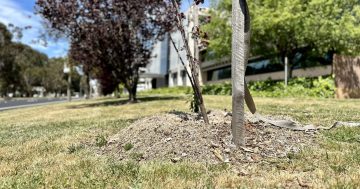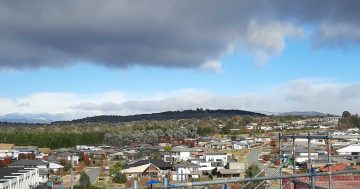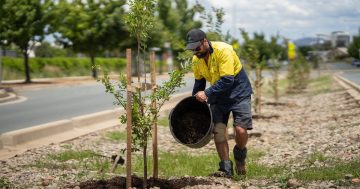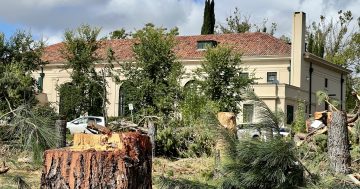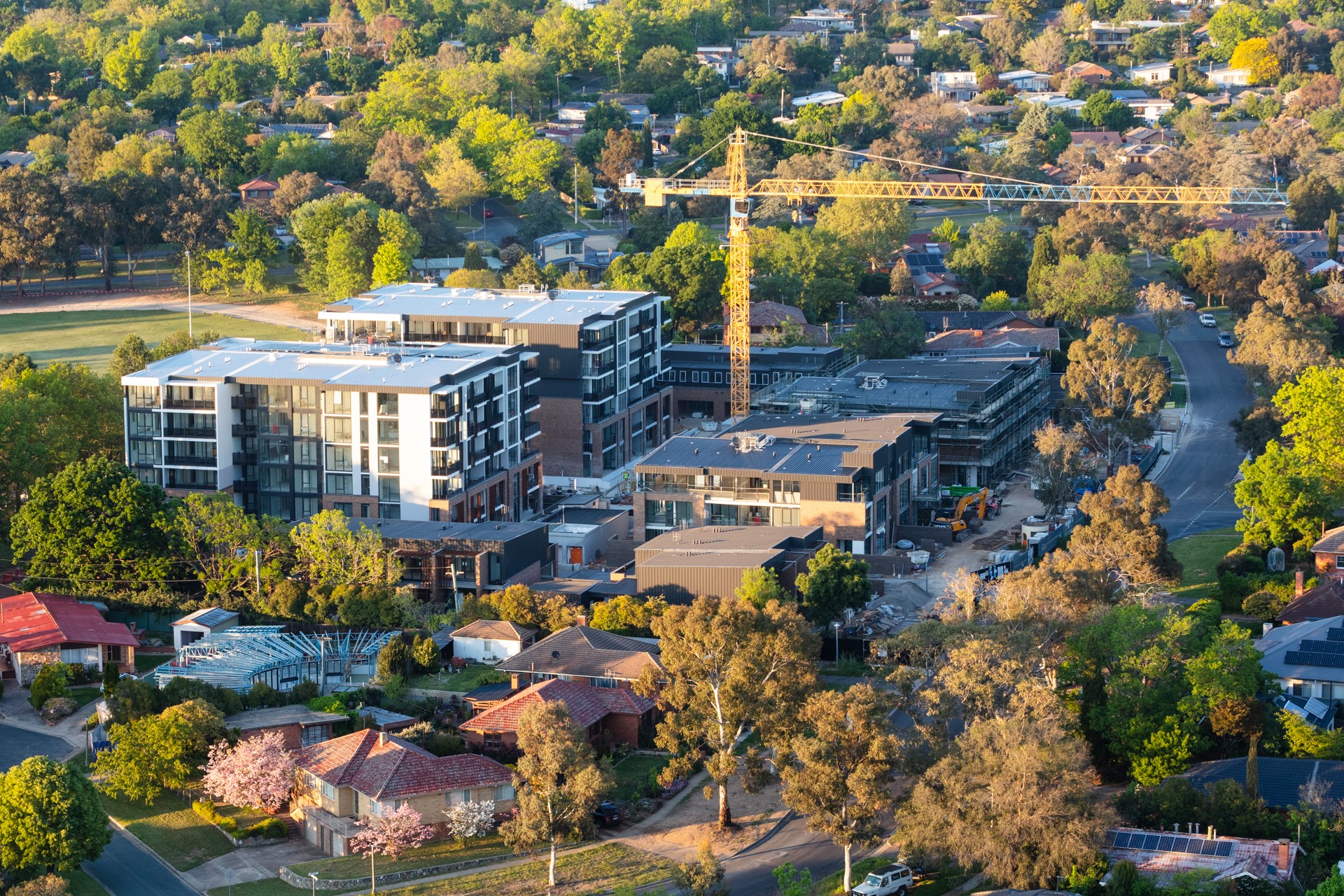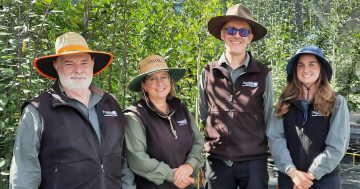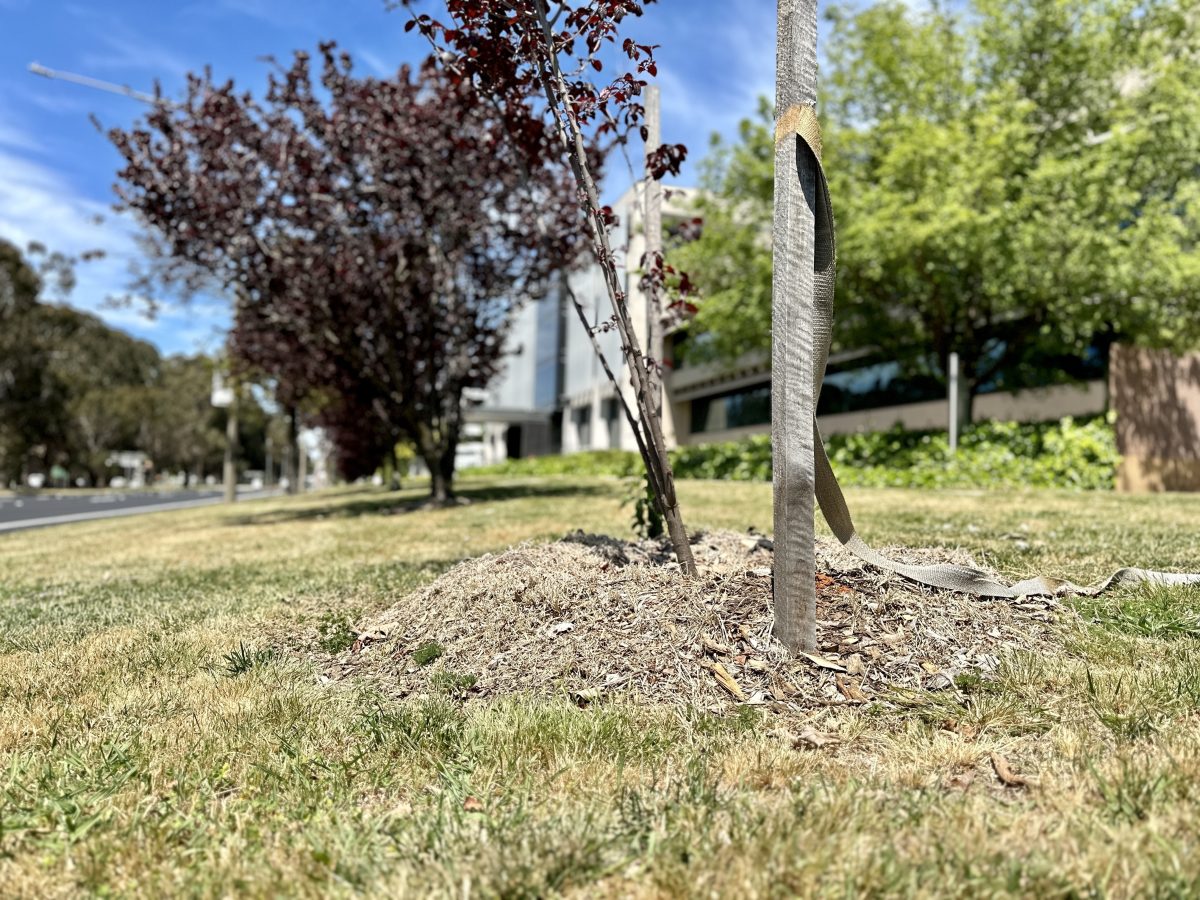
Street tree plantings along Canberra Avenue. Photo: James Coleman.
Put ‘free’ in front of tree and the result is a sell-out success – unless, it seems, the free tree in question is coming to the nature strip outside your home. Then, reactions are mixed.
An event at Weston Park in Yarralumla next Saturday (11 May), where the ACT Government will give away tree plantings for nothing was fully subscribed within 30 minutes of registration opening on Eventbrite.
The lucky attendees will receive up to three trees from species, including bottlebrushes, gum trees, maple trees, birch trees, fruit trees, walnut trees, English hawthorns, American sweetgums and Persian ironwoods.
The event is one of many for the 10th annual Canberra Tree Week, which includes guided walks through the Parliament House courtyards, the National Arboretum and Mulligan’s Flat Nature Reserve through to a Treevia Night at the Old Canberra Inn on Monday night (6 May) at 6 pm.
Founder Samantha Ning came up with the idea for the festival alongside the late Adam Burgess, curator of the National Arboretum.
“He and I were sitting around one day having a cup of tea, and we said, ‘Wouldn’t it be great if everyone loved trees as much as us? We should have a week to celebrate trees!'”
She says the giveaway’s success is a “really positive indication people understand how important it is to have trees in their backyards”.
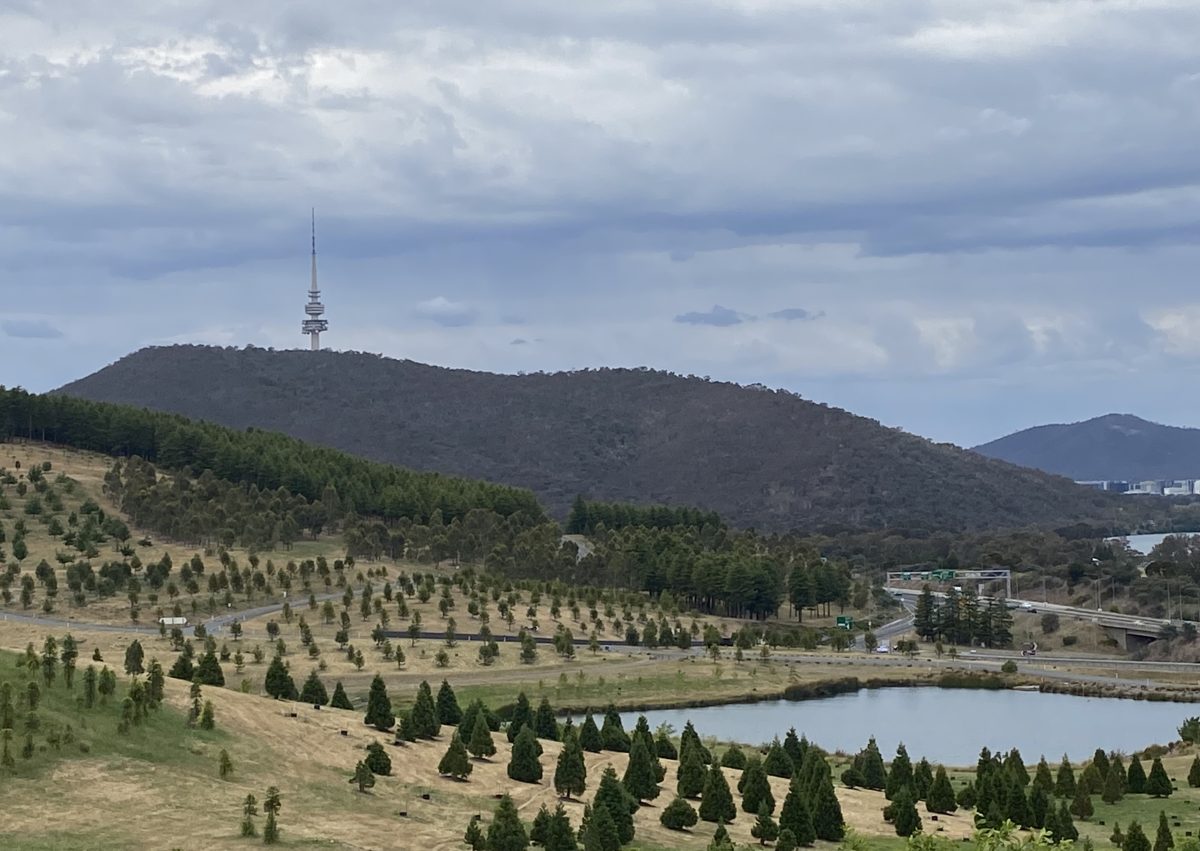
Canberra Tree Week was founded by Samantha Ning with input from the curator of the National Arboretum. Photo: Claire Fenwicke
She adds that “really hot days” have increased people’s appreciation of the shade provided by street trees and the Black Summer bushfires that destroyed a lot of old hollow-bearing trees in the region increased awareness of the homes that street trees provide to wildlife, “and there’s so much research about the impact on people’s wellbeing and health to be around nature and connecting to nature”.
But for many Canberrans, the best tree is the tree on your neighbour’s nature strip rather than on your own.
The ACT Government wants to plant 5000 new trees in 2024-25, 5000 trees in 2025-26, and 10,000 trees in 2026-27 to grow the city’s tree canopy to 30 per cent by 2045. Many are coming to street verges and laneways.
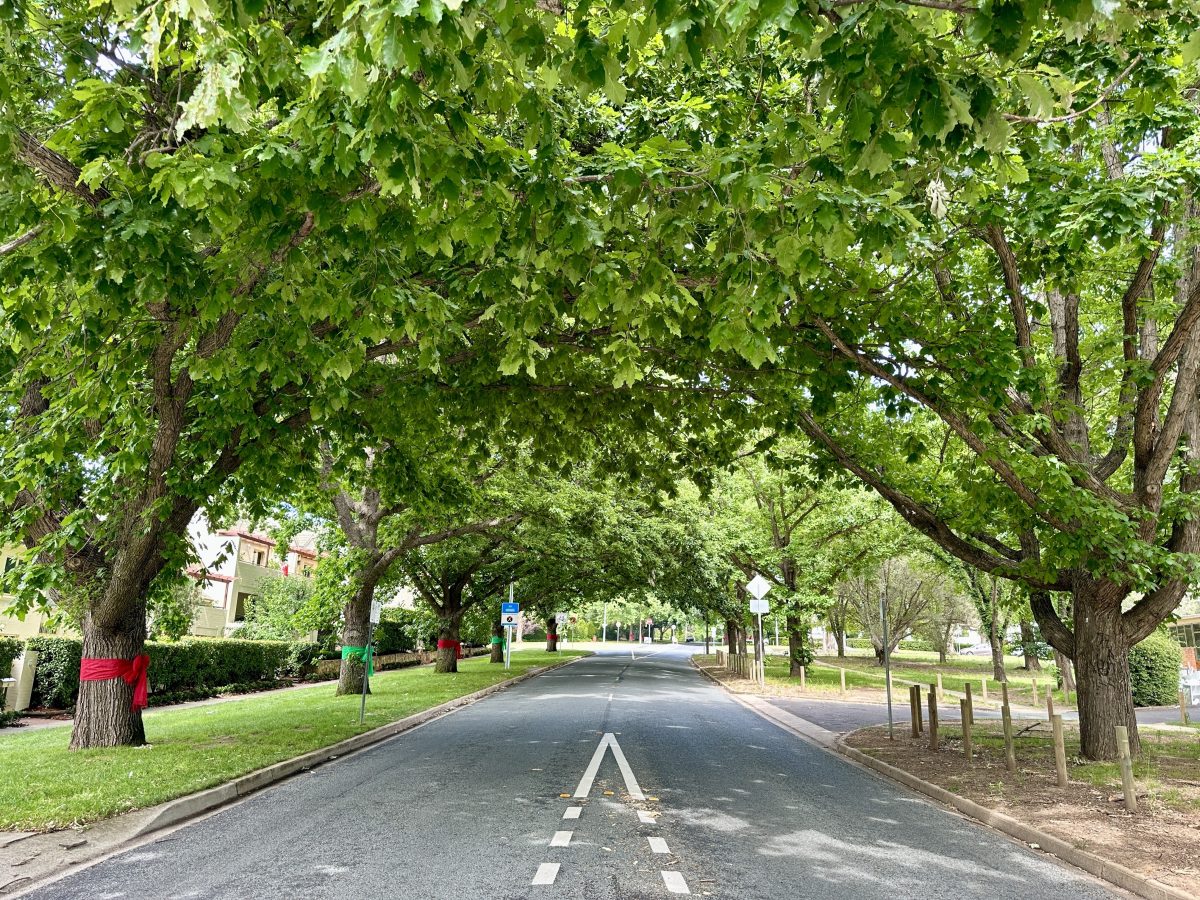
Street trees along National Circuit, Forrest. Photo: James Coleman.
The quota for 2022-23’s plantings fell short by about 30 per cent due to what the government described as a “variety of factors”, including “refusal of street tree plantings by adjacent residents”. In other words, some residents have been tearing out the new plantings.
“We do understand that people have different views about trees,” Samantha says.
“But we really want to encourage people to keep the trees that we plant on their nature strips because it’s for the community’s benefit.”
To add weight, 2024 is also the year the government’s new tree protection laws kick in.
From 1 January 2024, the Urban Forest Act 2023 replaces the Tree Protection Act 2005 to classify all trees on public land as protected trees, reduce size requirements for protected trees on private land to eight metres in height or canopy width (down from 12 metres), and protect some dead native trees.
A person who intentionally damages a protected tree will face a fine of up to $80,000, a change on the previous maximum of $64,000.
There are avenues for recourse between when the government pops a notice in your mailbox to tell you you’re getting a new street tree and when it’s in the ground. They are “open” to discussions over what species you’d prefer.
“It does depend on the area where we’re doing the planting,” Samantha explains.
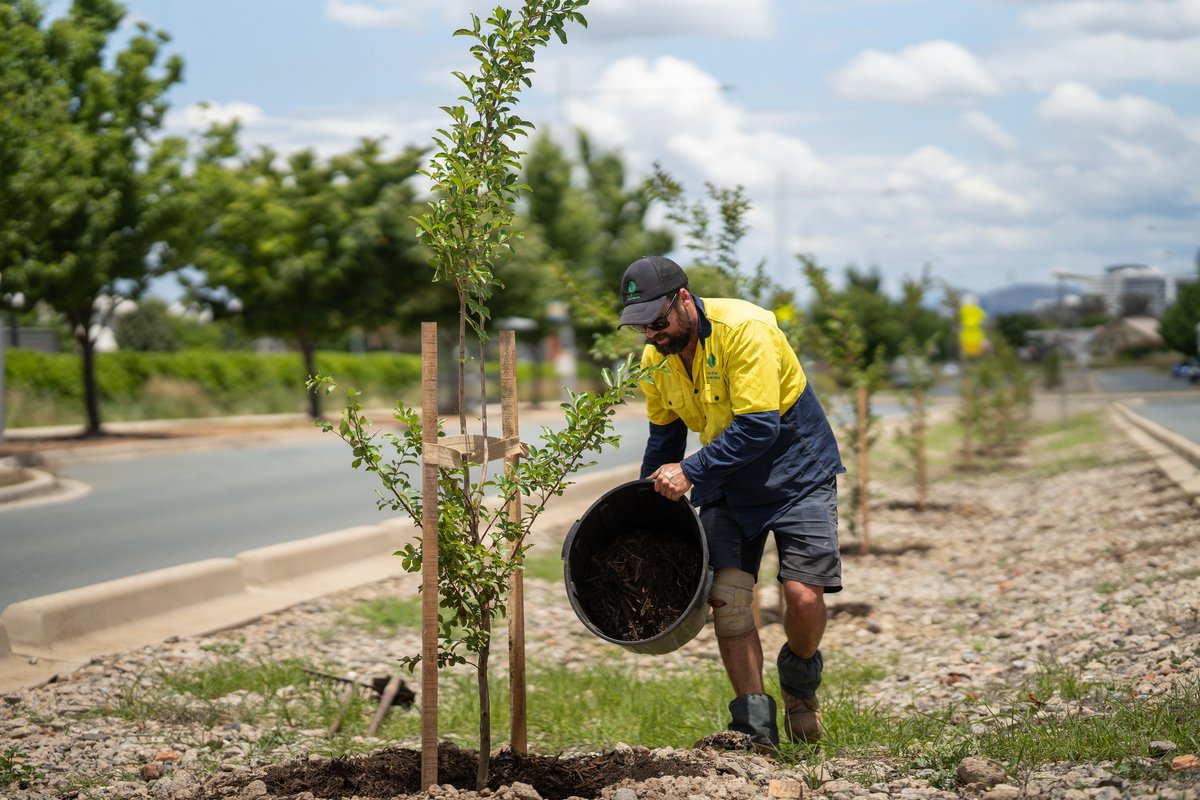
The ACT Government has committed to increasing Canberra’s tree canopy coverage to above 30 per cent by 2045. Photo: ACT Government.
Parts of Canberra feature a dominant single species along the streets, and the government tries to stick to that theme. Other regions were planted with trees now considered a pest and the government is having to change the species there.
But Samantha encourages homeowners to ring the phone number listed on the notification they receive in the mailbox if they’re not happy.
“If someone says, ‘Look, I don’t want the tree you’re putting in, but I want a tree, and I have this tree in mind’, then we’re open to having those discussions because putting a tree in the ground is better than not having a tree.”
She says next weekend’s tree giveaway is one way the government encourages the community to share “care of the urban forest”.
“While the ACT Government is planting large numbers of trees on public land, it’s also important people plant trees in their own backyards to add to that canopy cover.”
Visit the ACT Government website for the full list of all the Canberra Tree Week events.











